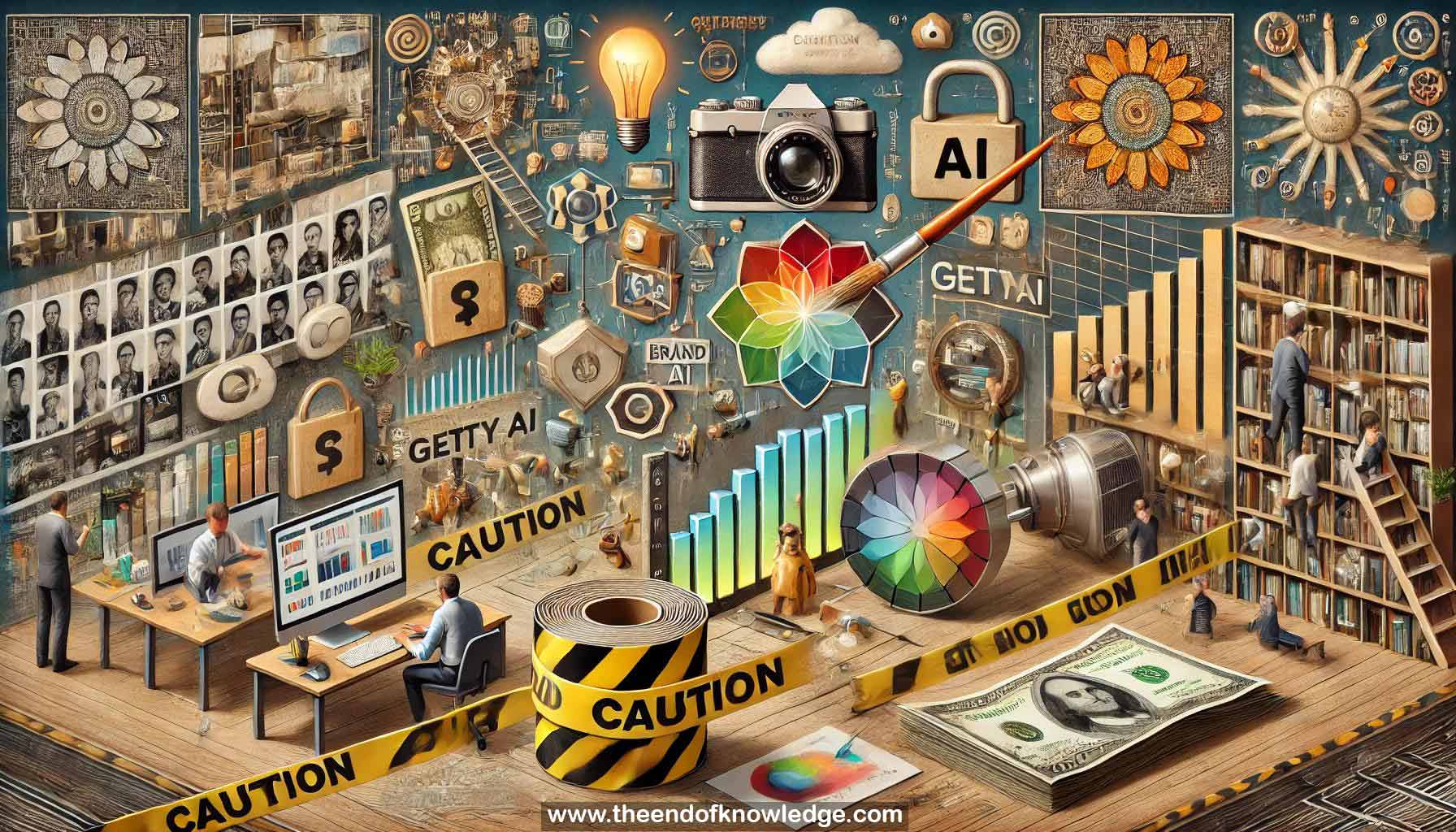 >
>
Concept Graph & Resume using Claude 3 Opus | Chat GPT4o | Llama 3:
Resume:
1.- Getty Images: A company providing high-quality images and videos, serving customers from small businesses to enterprises for various content needs.
2.- Visual GPS: Getty Images' research program that reports on visual trends, combining industry surveys and data on search and download behavior.
3.- Visual trends evolution: How imagery representing concepts like work, energy, and family has changed over the past decade.
4.- AI in imagery: The increasing use of generative AI in creating images, with 66% of Getty Images customers using it.
5.- Customer concerns: Legal, authenticity, compensation, and ethical issues surrounding the use of AI-generated images.
6.- Generative AI by Getty Images: A model built to address customer concerns, powered by NVIDIA Picasso and available on Getty Images and iStock.
7.- Licensed training data: Getty Images' model uses only licensed images (about 200 million) for training, ensuring ethical and legal use.
8.- High-quality captions and keywords: Getty Images' dataset includes manually added, reviewed, and edited captions and keywords for better model training.
9.- Brand and logo avoidance: Getty Images' model doesn't generate branded content or logos, reducing legal risks for customers.
10.- Authenticity and representation: The model aims to produce more diverse and inclusive images compared to other generators.
11.- Compensation for photographers: Getty Images emphasizes the importance of paying creators for their work and its use in AI training.
12.- Diffusion model: Explanation of how image generation models work, emphasizing the importance of original training images.
13.- Contemporary topics in training data: Getty Images' dataset includes more recent concepts like sustainability and remote work compared to web-scraped data.
14.- Quality comparison: Getty Images' generated images show higher quality and realism compared to other industry generators.
15.- Aesthetic quality scoring: A method used to compare the visual appeal of generated images across different models.
16.- FID vs CLIP plot: Industry benchmarks used to compare the quality and semantic adherence of generated images to real images.
17.- Creative magic: The combination of human creativity and innovative technology in producing impactful images.
18.- Generative AI for visualizing concepts: Using AI to create images that would be difficult or impossible to capture with a camera.
19.- Camera-shot imagery importance: Some concepts still require real people and emotions captured by traditional photography.
20.- Future of visual content: The need for continual creation of new images to reflect societal changes and provide fresh training data.
21.- Model collapse: The risk of AI models becoming stale without new, real-world training data.
22.- Four-generation example: Illustrates limitations of current AI models in generating images of concepts not well-represented in training data.
23.- Paying creators: The importance of compensating photographers and creators for their work and its use in AI training.
24.- Licensing training data: Encouraging companies to license and pay for the data used to train their AI models.
25.- Evolving work environments: How imagery depicting workplaces has changed from formal office settings to remote work and diverse teams.
26.- Changing depictions of energy: Shift in popular imagery from oil rigs to electric vehicle charging stations.
27.- Evolution of emotional representation: Movement from exaggerated, cheesy emotions to more nuanced and realistic depictions of feelings.
28.- Mental health visualization: Changes in how mental health issues are depicted visually, especially in workplace contexts.
29.- Family representation: Shift towards more diverse family depictions, including multi-generational, multi-racial, and LGBTQ+ families.
30.- Technological impact on creativity: How AI tools are enabling creators to quickly iterate and visualize complex or futuristic concepts.
Knowledge Vault built byDavid Vivancos 2024